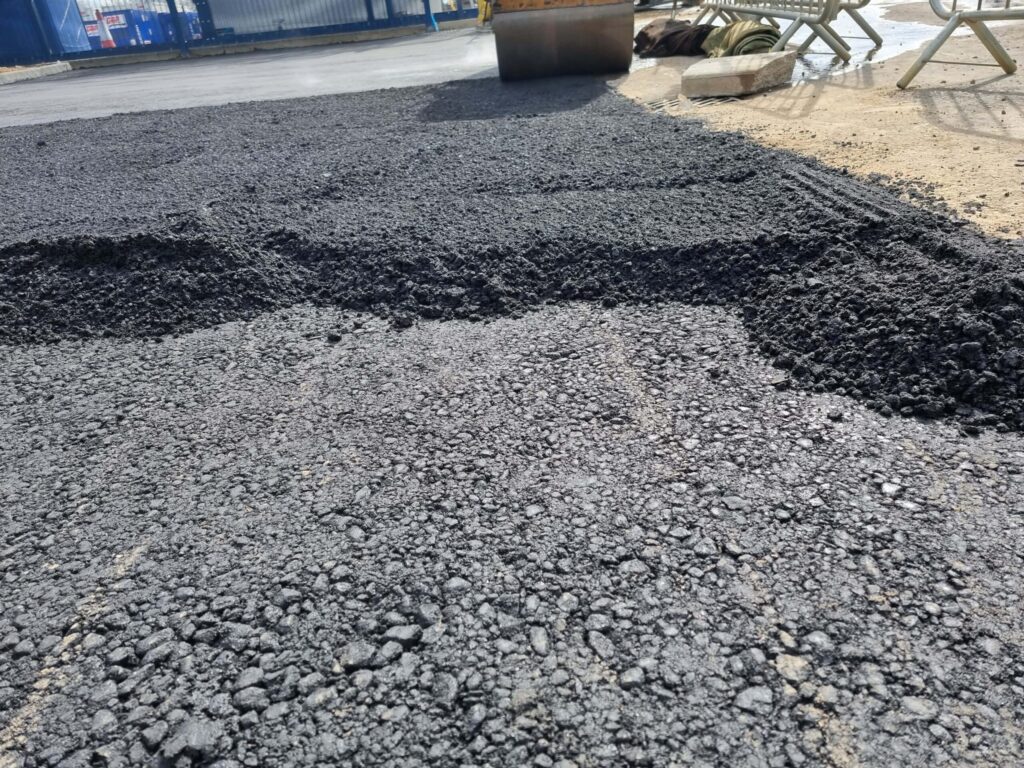Tarmac Preservation in Extreme Climates: Lessons from Desert and Polar Regions
Introduction: Tarmac, a popular choice for road surfaces and driveways, faces the challenge of enduring extreme weather conditions. From scorching desert heat to icy polar temperatures, maintaining tarmac in extreme climates is essential for the longevity and safety of our roadways. This blog post explores the preservation techniques and lessons learned from desert and polar regions to keep tarmac surfaces in top condition.
- Desert Climates:
a. Solar Reflective Coatings: Desert regions are notorious for their scorching temperatures. Solar reflective coatings are applied to tarmac surfaces to reduce heat absorption. These coatings help maintain a cooler surface temperature, preventing the tarmac from softening and losing its integrity.
b. Regular Sealcoating: Frequent seal coating protects tarmac from the harsh desert sun and prevents UV damage. Sealcoating also acts as a barrier against sand, preventing it from wearing down the tarmac’s surface.
c. Proper Drainage: Desert flash floods can be damaging. Ensuring proper drainage systems are in place helps prevent water accumulation that can weaken the tarmac’s foundation.
- Polar Climates:
a. Cold Mix Asphalt: Traditional tarmac may become brittle and prone to cracking in extremely cold climates. Cold mix asphalt, designed to remain flexible at low temperatures, is often used to combat this issue.
b. Heated Pavements: Heated pavements prevent ice and snow accumulation in polar regions. These systems use embedded heating elements to keep the tarmac surface above freezing temperatures, reducing the risk of frost damage.
c. Snow Removal Techniques: Regular snow removal is essential in polar climates. However, using the right equipment and techniques is crucial to avoid damaging the tarmac. Snowploughs with rubber or polyethene blades are often preferred over traditional steel blades.
Lessons for Tarmac Preservation:
- Proactive Maintenance: Both in desert and polar regions, proactive maintenance is key. Regular inspections, seal coating, and repairs can extend the lifespan of tarmac surfaces.
- Climate-Appropriate Materials: Using tarmac materials designed for specific climate conditions is crucial. Cold mix asphalt for cold climates and solar reflective coatings for hot climates are examples of tailored solutions.
- Proper Drainage: Effective drainage systems help prevent water-related damage in extreme heat and cold. Maintaining drains and gutters is essential.
- Investing in Technology: Heated pavements and advanced snow removal technology are investments that pay off in terms of safety and preservation in extreme climates.
- Environmental Considerations: When applying coatings or sealants, it’s essential to consider environmental impacts. Choose products that meet environmental standards and regulations.
Conclusion: Preserving tarmac surfaces in extreme climates requires climate-appropriate materials, proactive maintenance, and advanced technology. Whether dealing with scorching desert heat or freezing polar temperatures, the lessons learned from these extreme regions provide valuable insights for maintaining safe and durable tarmac surfaces worldwide. By implementing these strategies, we can ensure that our tarmac roadways and driveways withstand the harshest weather conditions and continue serving us effectively.
Call us on: 01353 880 898
Click here to find out more about Ely Driveways & Surfacing
Click here to complete our contact form and see how we can help with your driveway needs.

